|
|
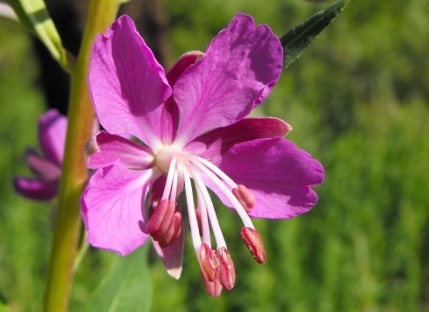
|
Fireweed
January/February
Fireweed is a plant with a showy flower that you're likely to run into in
the Sierra Nevadas, but it also occurs at higher elevations in the Death
Valley area. In fact, it may be found almost anywhere in temperate portions
of the Northern Hemisphere! This plant is also known as Great Willowherb in
Canada and is a member of the Evening Primrose Family (which is also
sometimes referred to as the Willowherb Family). In any case, while common
names may change depending on any number of factors, scientific names are a
little more stable and this plant is classified as Epilobium angustifolium
of the plant family known as Onagraceae.
(Click here for more info!)
|
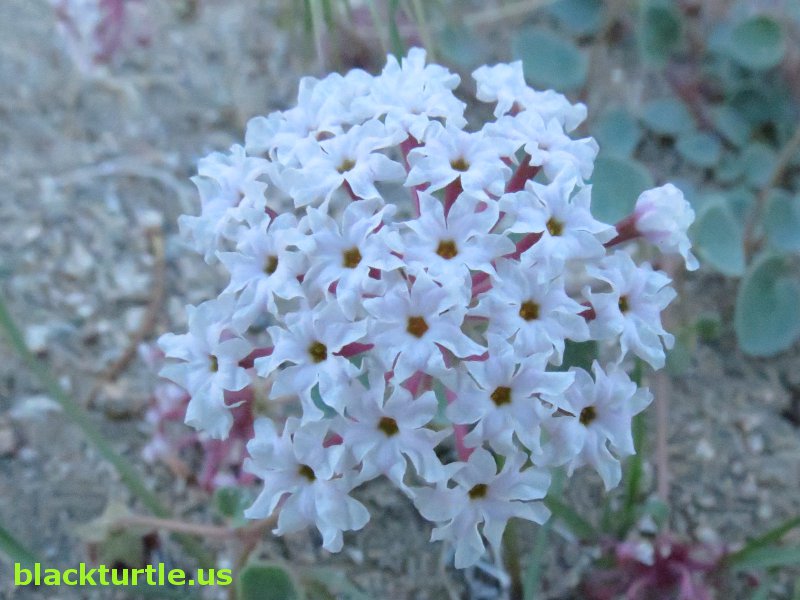
|
Transmontane Sand Verbena
March/April
There are four species of Sand Verbena that grow in the Death Valley area.
The one pictured here is Transmontane Sand Verbena (Abronia turbinata) of
the Four O'Clock Family (Nyctaginaceae). A common feature of all species of
Sand Verbena are the clusters of small flowers, ranging in color from white
to pink to magenta. Also, as implied by the name, these plants tend to
thrive in sandy soil. The specimen of Sand Verbena shown here was found
growing in the Coso Wilderness (see bottom section of this page for more
information).
(Click here for more info!)
|
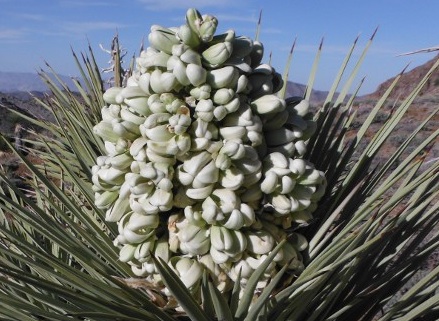
|
Yucca
May/June
Yucca brevifolia is the scientific name for Joshua tree, also known as tree
yucca. Although they are not actually trees, they do attain the tree-like
size of approximately thirty feet in height, which accounts for their common
name. These plants do not bloom every year and so finding a specimen
producing flowers is not always easy. The cream-colored flowers form in
dense clusters and produce an almost sickeningly sweet odor!
(Click here for more info!)
|
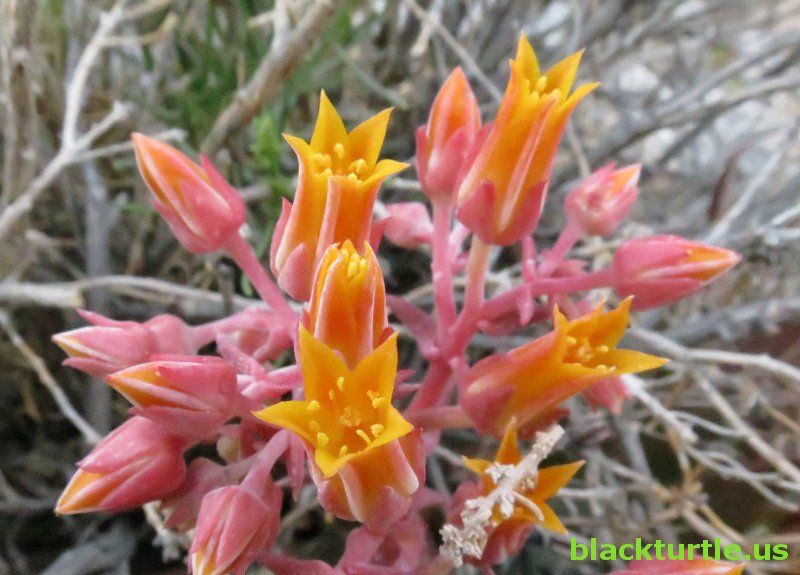
|
Panamint Dudleya
July/August
Even when not in flower, Panamint Dudleya is a neat little plant. The
grayish-green, succulent leaves are quite unusual compared to most other
plants that you're likely to come across while exploring the Death Valley
area. Also known as Panamint Liveforever, this plant is likely to be found
growing in the Panamint Range, although it is also found throughout southern
California and into Baja California and Arizona. Johnson Canyon, on the east
side of the Panamint Range, has a particular abundance of the plant as well
as other interesting features that makes it especially worth visiting.
(Click here for more info!)
|
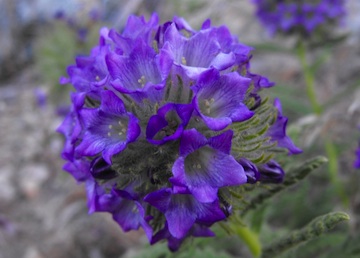
|
Rothrock's Nama
September/October
The spherical inflorescence of Rothrock's Nama is somewhat unusual and most
hikers probably at least stop to inspect the balls of purplish flowers,
especially if they encounter them in a particularly arid setting. This
wildflower plant, also known as Rothrocks' Fiddleleaf, is native to eastern
California and parts of Nevada and Arizona, growing at elevations generally
above 5500 feet. This low-growing plant forms colonies due to its habit of
spreading via rhizomes. The only place that I've encountered Rothrock's
Nama, so far, is in Bendire Canyon, which is located in the Argus Range.
(Click here for more info!)
|

|
Joshua Tree
November/December
Joshua tree forests are scattered all over the Death Valley area. In fact,
they are likely to be found throughout the park anywhere the altitude is
between 4000 and 6000 feet. Of course, there are some populations of Joshua
trees that grow outside these parameters. For instance, there are plenty of
Joshua trees on Malpais Mesa growing at up to 7700 feet. BTW, not everyone
knows that the famous Joshua tree that appeared on the cover of the "Joshua
Tree" album by the rock band U2 was photographed just outside Death Valley
National Park, not too far from the town of Darwin.
(Click here for more info!)
|
|
| |
|

blackturtle.us
PLANT
BLOG
BLOG INDEX
ASSOCIATED SITES:
Trona News
Rusky Ed
Any Place Education
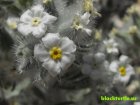



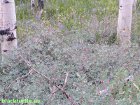

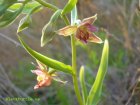

|

















